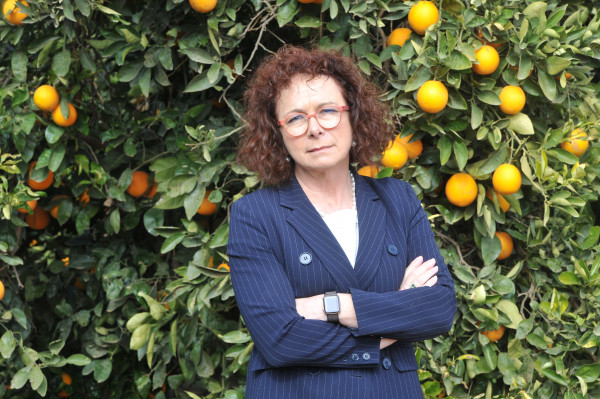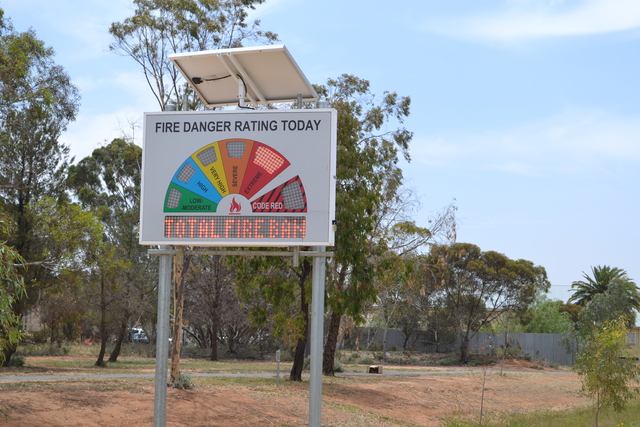OPINION
The rate of unemployment is at its lowest in 13 years at 4.2 per cent and there is a strong expectation that it will continue its downward trend throughout 2022. Without question this is a phenomenal result compared to the numbers we were seeing at the start of the pandemic.
Fundamentally, the agricultural labour shortage will not be resolved by just getting unemployed Aussies into jobs. It is for this reason that I have fought for the agriculture visa – now won by The Nationals in government. The visa workforce will get boots on the ground, with Asian countries in talks with the Australian Department of Foreign Affairs and Trade to send workers here. My expectation is that these should resolve shortly. However, it will not be soon enough for many in our horticultural industry.
This process would have been expedited had the Australian Workers Union not sabotaged the Australian Government’s negotiations by bringing the reputation of Aussie farmers into disrepute – a disgraceful act. The targeting by the AWU of the behaviour of a few has unfairly tainted the reputation of the many and slowed important negotiations.
Until we have pen on paper with our Asian counterparts, the Pacific Labour Mobility Scheme remains the primary pathway to meet agricultural workforce shortages.
While backpackers have been a backbone for the horticultural workforce in the past, there has long been a need for a more reliable and dedicated workforce. Listening to our farmers in the regions, it’s clear the agriculture visa is what we need.
Delays to the visa have been disappointing, with the stone fruit season wrapping up before its implementation. There is a keen anticipation that those boots will soon hit the ground, and once in force, the agriculture visa program will be an essential ingredient to a sustainable and prosperous horticultural industry ensuring the success of the agriculture industry target of $100 billion by 2030.








